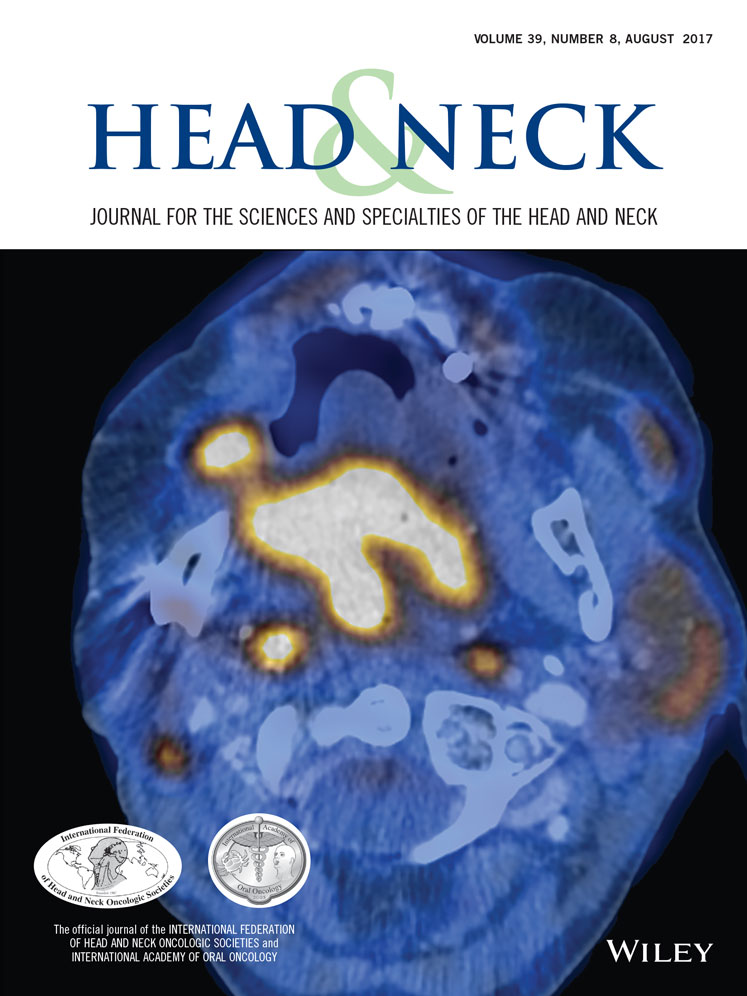Outcomes for patients with synchronous and metachronous primary lung cancer after diagnosis of head and neck cancer
ABSTRACT
Background
Not-infrequently patients with head and neck cancer are also diagnosed with synchronous lung cancer or metachronous primary lung cancer, which complicates the treatment decisions and prognosis.
Methods
Patients were identified from a database of patients with head and neck cancer with second primary non-small cell lung cancer (NSCLC).
Results
Thirty-four eligible patients (15 with synchronous lung cancer and 19 with metachronous lung cancer) were identified. Thirteen of 15 patients with synchronous lung cancer received curative intent treatment for head and neck cancer first. Six of 15 patients were in complete remission, 5 of 15 patients had died, and 4 were alive with progressive disease. Median time between 2 diagnoses was 47 months in the metachronous lung cancer group. Twelve patients had died, 3 were alive with disease, and 4 were lost to follow-up. Median survival from the time of lung cancer diagnosis was 13 months with a trend to better survival with synchronous lung cancer (15 vs 11 months; p = .11).
Conclusion
Aggressive multidisciplinary management of second primary lung malignancies in patients with head and neck cancer can result in respectable long-term disease control particularly in patients with synchronous lung cancer. © 2017 Wiley Periodicals, Inc. Head Neck 39: 1544–1549, 2017




